This article by is part of Touchpoint Vol. 12 No. 1 - Embracing Change. Discover the full list of articles on this Touchpoint issue to get a sneak peek at more fascinating articles!
Making a case for a Service Design Maturity Model
For the past years, many organisations have been working on projects to improve service experiences. Increasingly, large organisations started to understand the value of service design. A shift from operational projects towards a continuous strategic endeavour started to emerge. This resulted in a growing desire of organisations that ‘understood’ to embed service design capabilities into their company. We worked on exactly this challenge with some of our clients, including a Portuguese telecom provider, a leading European bank, an energy utility company and the Dutch Railways. At times, we found ourselves building service design capabilities without truly knowing whether this was what the organisation needed. This showed when we created an elaborate toolkit for an energy utility company, only to realize afterwards that we were introducing it to the larger audience of employees before they were even ready for it.
A few months later, we took the time to take a step back and evaluate those projects and validate the model with clients, which brought some interesting insights to light. As we observed striking similarities among the many companies and industries we work for, we soon began formulating a framework; the Service Design Maturity Model. We set out to create a model to understand the service design maturity of an organisation and structure the process of embedding service design into organisations. We envisioned it to provide actionable advice on how to overcome barriers, helping the entire service design organisations to embed service design at scale.



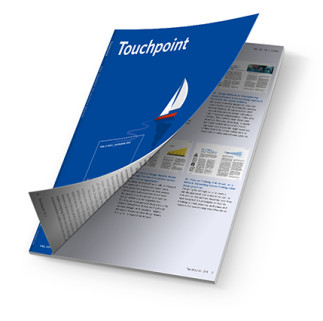
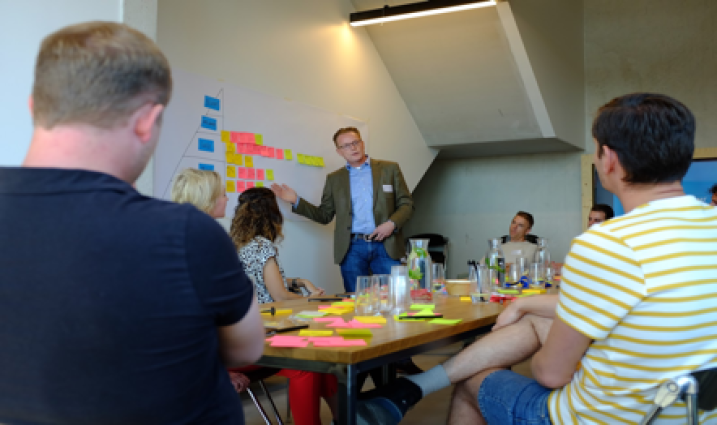
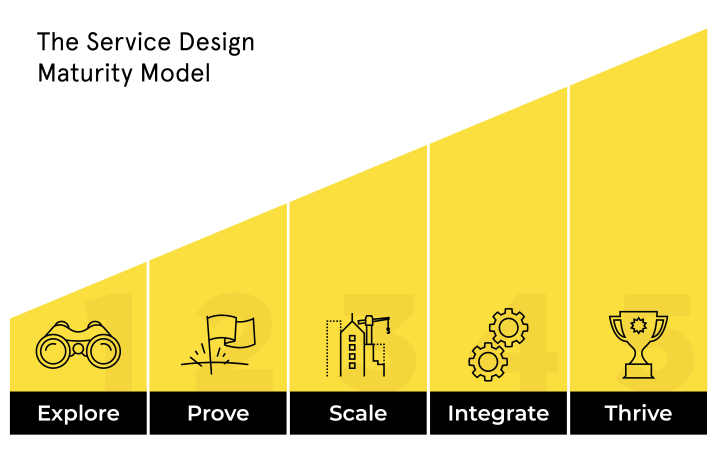
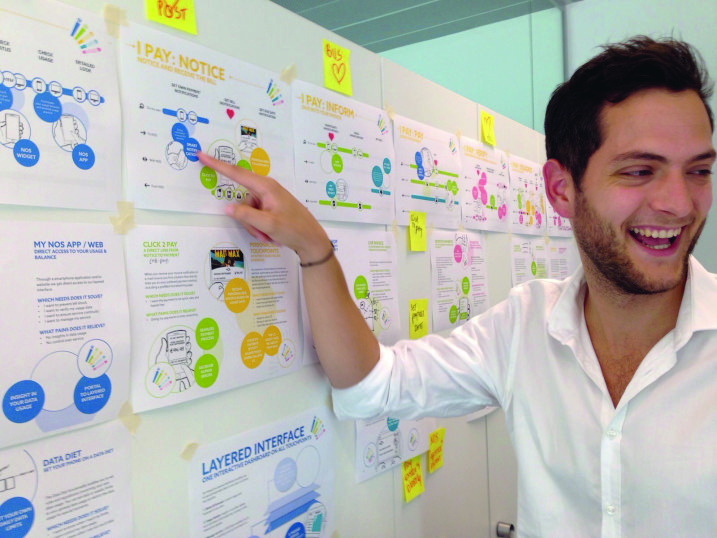
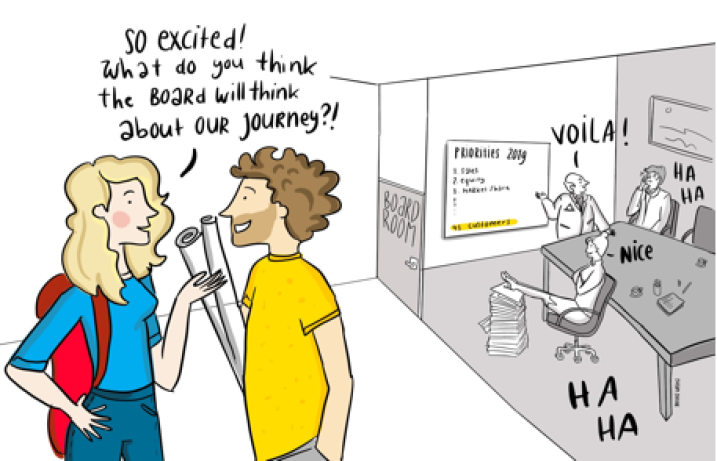
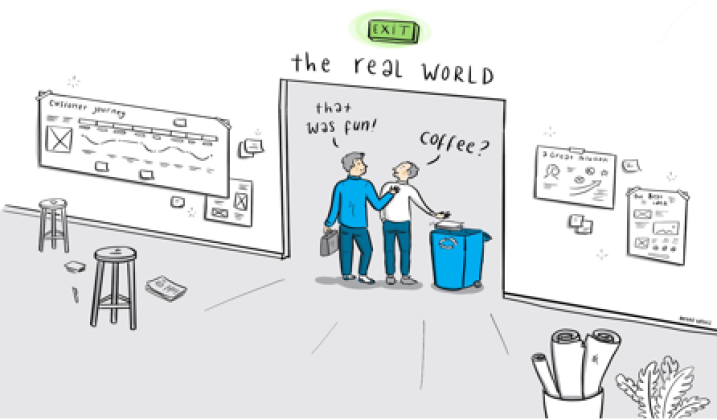
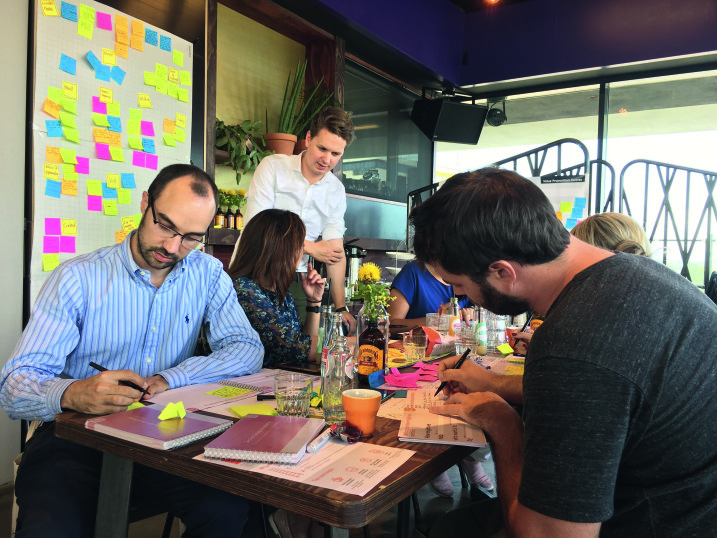
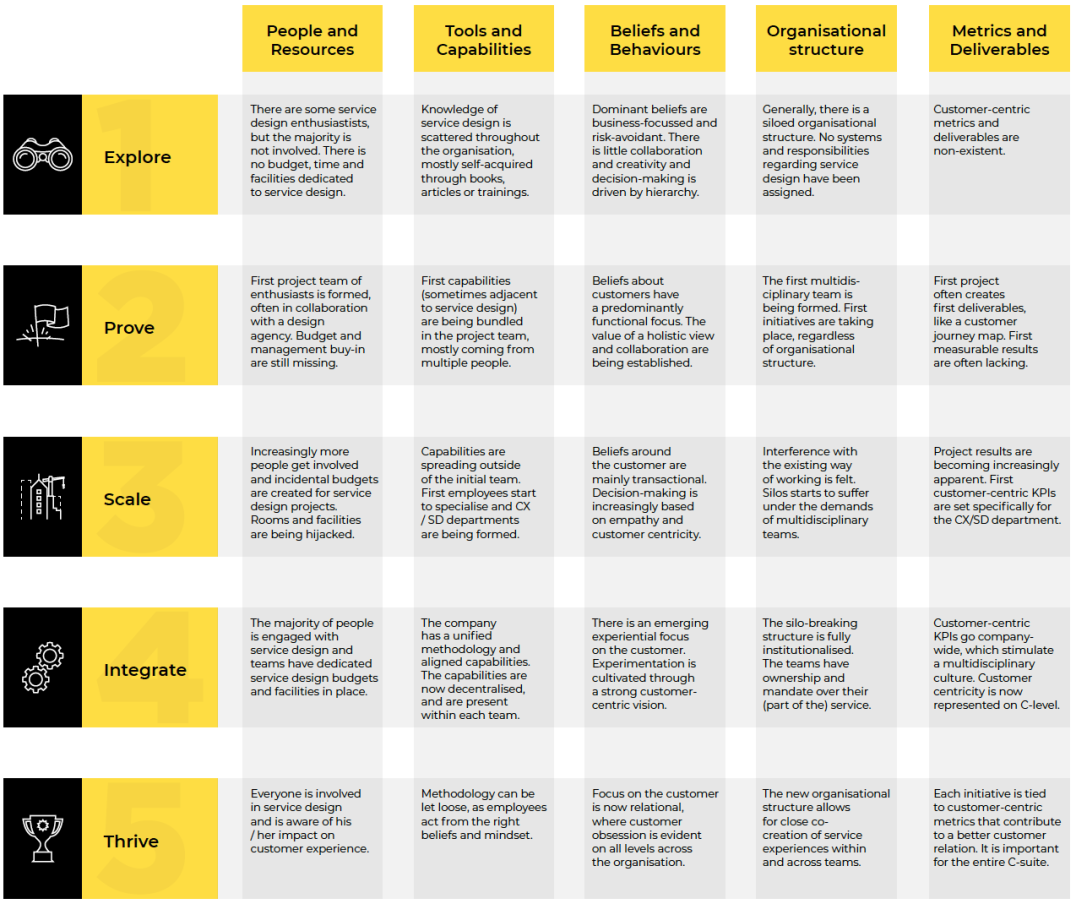

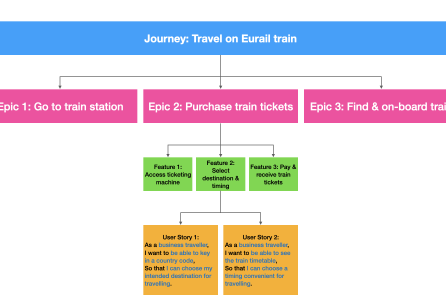
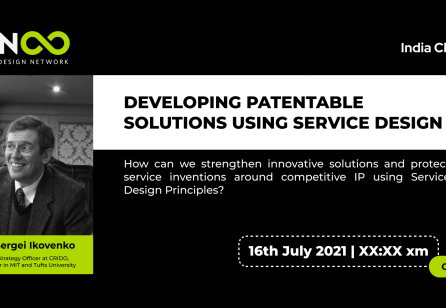


Share your thoughts
0 RepliesPlease login to comment